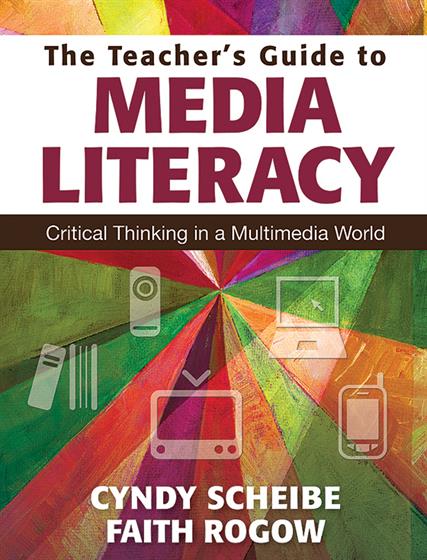Hands-on, Practical Guidance for Educators
From math,
literacy, science, equity, multilingual learners, and SEL, to assessment, school counseling,
and education leadership, our books are research-based and authored by experts
on topics most relevant to what educators are facing today.

The Teacher’s Guide to Media Literacy
Critical Thinking in a Multimedia World
By:
Cyndy Scheibe, Faith Rogow
The authors provide concrete, innovative ways to integrate media literacy across the curriculum. A companion website provides tools for analyzing all kinds of media.
Product Details
- Grade Level: K-12
- ISBN: 9781412997584
- Published By: Corwin
- Year: 2011
- Page Count: 264
- Publication date: November 27, 2012
Review Copies
This book is not available as a review copy.





